10 Best Museums In India
India is amazingly rich with traditions, culture, and heritage. Needless to say, the country has beautifully preserved the remains of its past in museums. These museums are an extensive bouquet of knowledge that can easily leave behind any encyclopedia in terms of content. From fascinating science museums to enlightening historical spots, there are many famous museums offering a wide collection of unique artifacts. Here’s a list of the best museums in India. These places are nicely ornamented with historical relics that showcase the fascinating past of the country. In fact, in each corner of India, you may come across museums displaying the incredible past of the region. These museums reflect the culture and history that should be known by every knowledge seeker. So, know about them and visit them to unfold various unheard truths of a bygone era.
Napier Museum (Trivandrum)

The Napier Museum is an art and natural history museum situated in Thiruvananthapuram, the capital city of Kerala, India.
The Napier Museum (also known as Government Art Museum) is an art and natural history museum situated in Thiruvananthapuram, India. The architecture of the museum is a mix of Indian, Chinese, Kerala, and Mughal styles. The Museum grounds also hold the famous Trivandrum Zoo, which is one of the oldest zoological gardens in India. The zoo was established in 1857 and is spread over 55 acres (220,000 m2) of land.
Read More About Napier Museum (Trivandrum) / Source
National Museum (New Delhi)
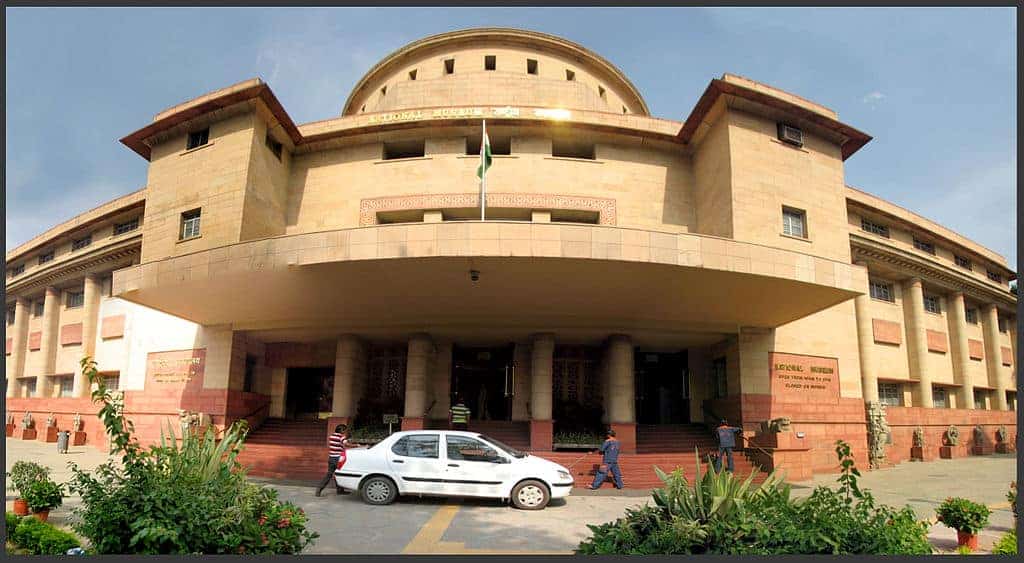
The National Museum in New Delhi, also known as the National Museum of India, is one of the largest museums in India. Established in 1949, it holds a variety of articles ranging from pre-historic era to modern works of art. It functions under the Ministry of Culture, Government of India. The museum is situated on Janpath. The blue–print of the National Museum had been prepared by the Gwyer Committee set up by the Government of India in 1946. The museum has around 200,000 works of art, both of Indian and foreign origin, covering over 5,000 years.
It also houses the National Museum Institute of History of Art, Conservation and Museology on the first floor which was established in 1983 and now is a Deemed to be University since 1989, and runs Masters and Doctoral level courses in History of Art, Conservation and Museology.
Read More About National Museum (New Delhi) / Source
Salar Jung Museum (Hyderabad)
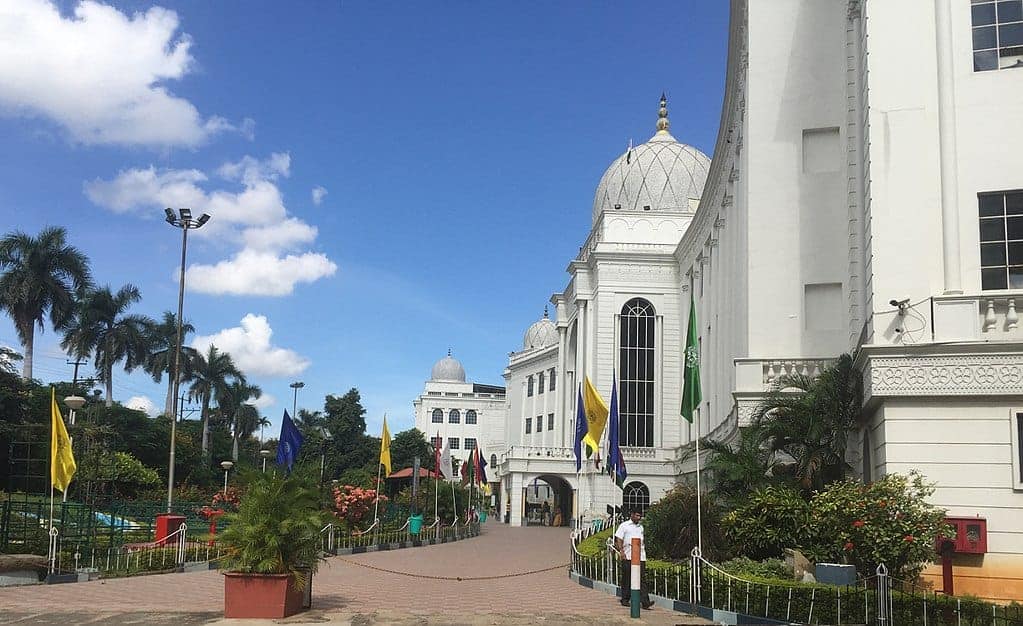
The Salar Jung Museum is an art museum located at Dar-ul-Shifa, on the southern bank of the Musi River in the city of Hyderabad, Telangana, India. It is one of the three National Museums of India. Originally a private art collection of the Salar Jung family, it was endowed to the nation after the death of Salar Jung III. It was inaugurated on 16 December 1951.
It has a collection of sculptures, paintings, carvings, textiles, manuscripts, ceramics, metallic artifacts, carpets, clocks, and furniture from Japan, China, Burma, Nepal, India, Persia, Egypt, Europe, and North America. It is one of the largest museums in the world.
Read More About Salar Jung Museum (Hyderabad) / Source
Dr. Bhau Daji Lad Museum (Mumbai)
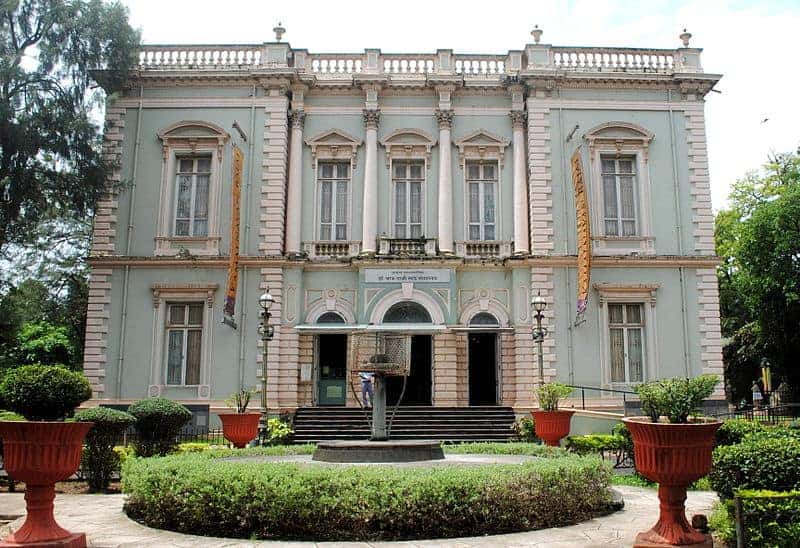
Dr. Bhau Daji Lad Museum is the oldest museum in Mumbai. Situated in the vicinity of Byculla Zoo, Byculla East, it was originally established in 1855 as a treasure house of the decorative and industrial arts, and was later renamed in honour of Dr. Bhau Daji Lad.
Lord Elphinstone established the Central Museum of Natural History, Economy, Geology, Industry and Arts, the first museum in Bombay in 1855; George Buist took the major initiative for its inception. In 1857, it was closed to the public and its collection was shifted to the Town Hall. In 1858, George Birdwood was appointed curator of the museum. Soon, a committee was formed, comprising him, Bhau Daji Lad and Jaganath Shunkerseth to raise money for construction of a new building for the museum. The foundation of the new building was laid in 1862. It was built with the patronage of many wealthy Indian businessmen and philanthropists like David Sassoon, Sir Jamsetjee Jejeebhoy and Jaganath Shunkerseth.
Victorian Interiors of the Museum
The construction of the present building in Jijamata Udyan in Byculla started in 1862 and was completed in 1871. The museum was opened on 2 May 1872. In 1975, this museum was renamed as the Dr. Bhau Daji Lad Mumbai City Museum.
In 2003, the Indian National Trust for Art and Cultural Heritage (INTACH) in collaboration with the Jamnalal Bajaj Foundation and the Municipal Corporation of Greater Mumbai undertook extensive refurbishment of the building.
After five years of painstaking and intensive work, the Museum reopened to the Public on 4 January 2008.
Read More About Dr. Bhau Daji Lad Museum (Mumbai) / Source
Government Museum (Chennai)

The Government Museum or Madras Museum is a museum of human history and culture located in the Government Museum Complex in the neighbourhood of Egmore in Chennai, India. Started in 1851, it is the second oldest museum in India after the Indian Museum in Kolkata and is the tenth oldest Museum in the World. It is particularly rich in archaeological and numismatic collections. It has the largest collection of Roman antiquities outside Europe. Among them, the colossal Museum Theatre is one of the most impressive. The National Art Gallery is also present in the museum premises. Built in Indo-Saracenic style, it houses rare European and Asian painting of renowned artists, including that of Raja Ravi Varma. It is the third largest museum in the world, and with 0.6 million visitors in 2018. It has the richest collections of bronze idols, 500 of them dating to 1000 BC, in Asia.
Read More About Government Museum (Chennai) / Source
Indian Museum (Kolkata)
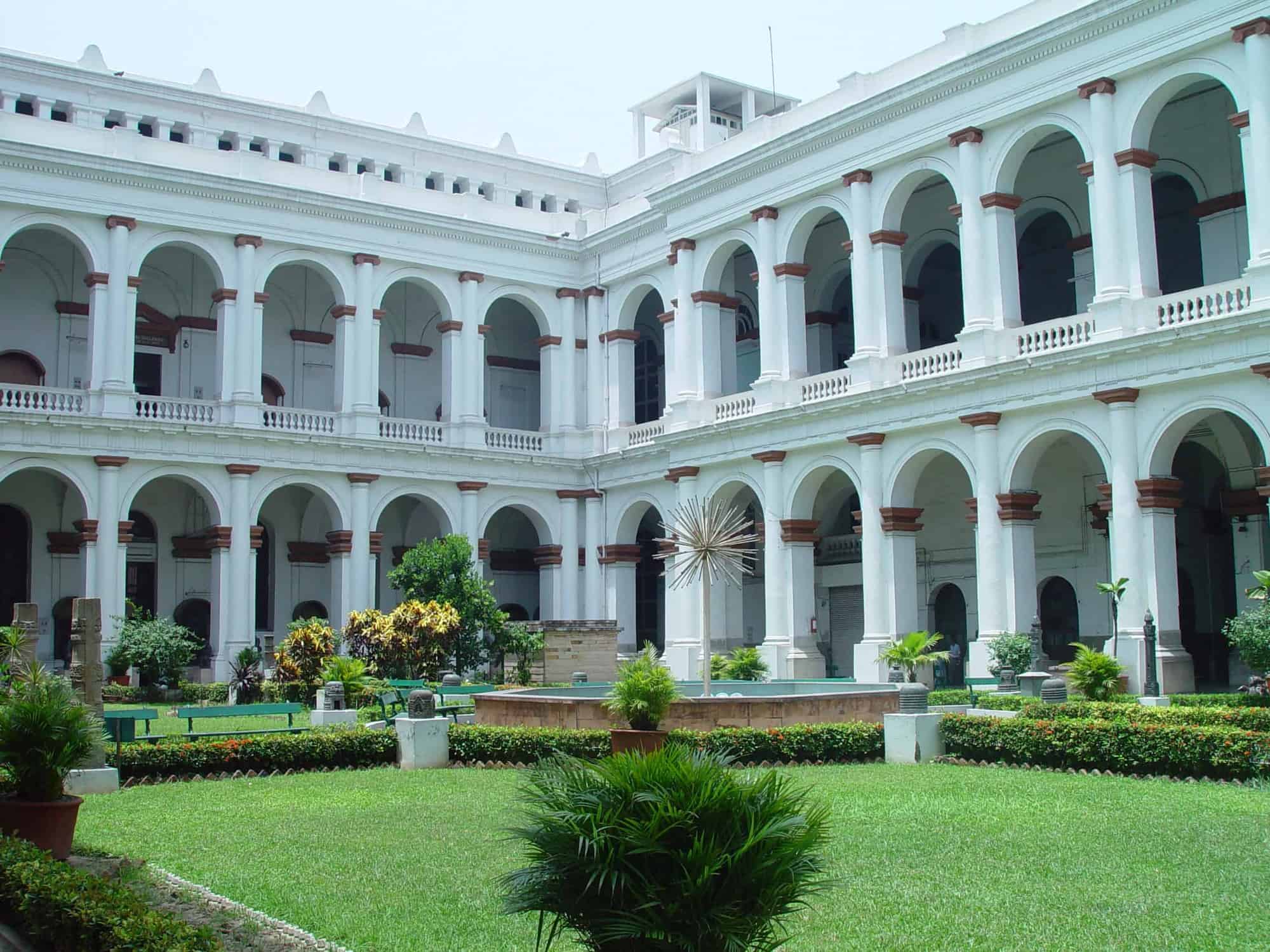
The Indian Museum in Kolkata, West Bengal, India, also referred to as the Imperial Museum at Calcutta in colonial-era texts, is the ninth oldest museum in the world, the oldest museum in India, and the largest museum in India. It has rare collections of antiques, armour and ornaments, fossils, skeletons, mummies and Mughal paintings. It was founded by the Asiatic Society of Bengal in Kolkata (Calcutta), India, in 1814. The founder curator was Nathaniel Wallich, a Danish botanist.
It has six sections comprising thirty five galleries of cultural and scientific artifacts namely Indian art, archaeology, anthropology, geology, zoology and economic botany. Many rare and unique specimens, both Indian and trans-Indian, relating to humanities and natural sciences, are preserved and displayed in the galleries of these sections. In particular the art and archaeology sections hold collections of international importance.
Read More About Indian Museum (Kolkata) / Source
Calico Museum of Textiles (Ahmedabad)
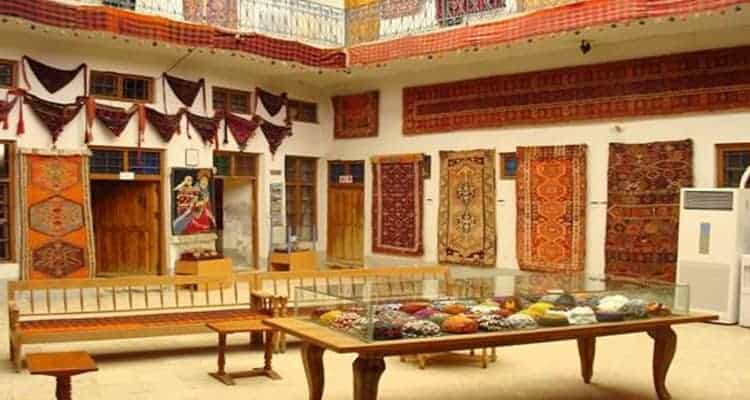
The Calico Museum of Textiles is located in the city of Ahmedabad in the state of Gujarat in western India. The museum is managed by the Sarabhai Foundation.
The museum was founded in 1949 by the industrialist Gautam Sarabhai and his sister Gira Sarabhai. Ahmedabad at that time had a flourishing textile industry. The museum was originally housed at the Calico Mills in the heart of the textile industry. But as the collection grew the museum was shifted to the Sarabhai House in Shahibaug in 1983.
Read More About Calico Museum of Textiles (Ahmedabad) / Source
National Rail Museum (New Delhi)
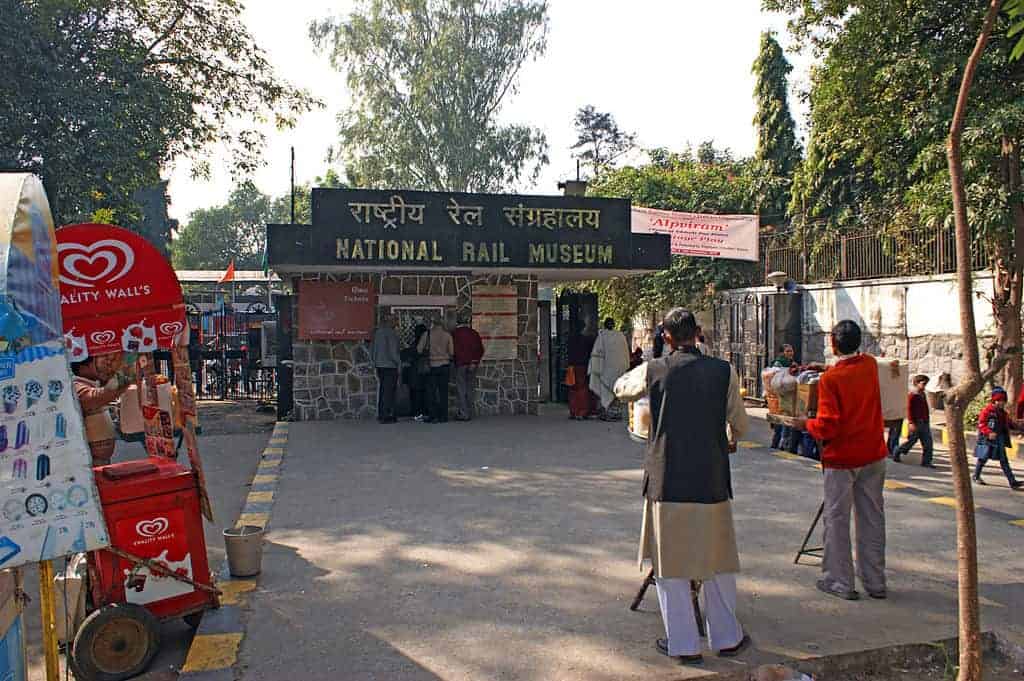
The National Rail Museum in Chanakyapuri, New Delhi, displays exhibits on the history of rail transport in India. The museum was inaugurated on 1 February 1977. The museum spans over an area of over 11 acres and the indoor gallery comprises an octagonal building which houses six display galleries and a large open area is laid out to simulate the atmosphere of a railway yard. It is open every day except Mondays and national holidays.
Read More About National Rail Museum (New Delhi) / Source
Chhatrapati Shivaji Maharaj Vastu Sangrahalaya (Mumbai)
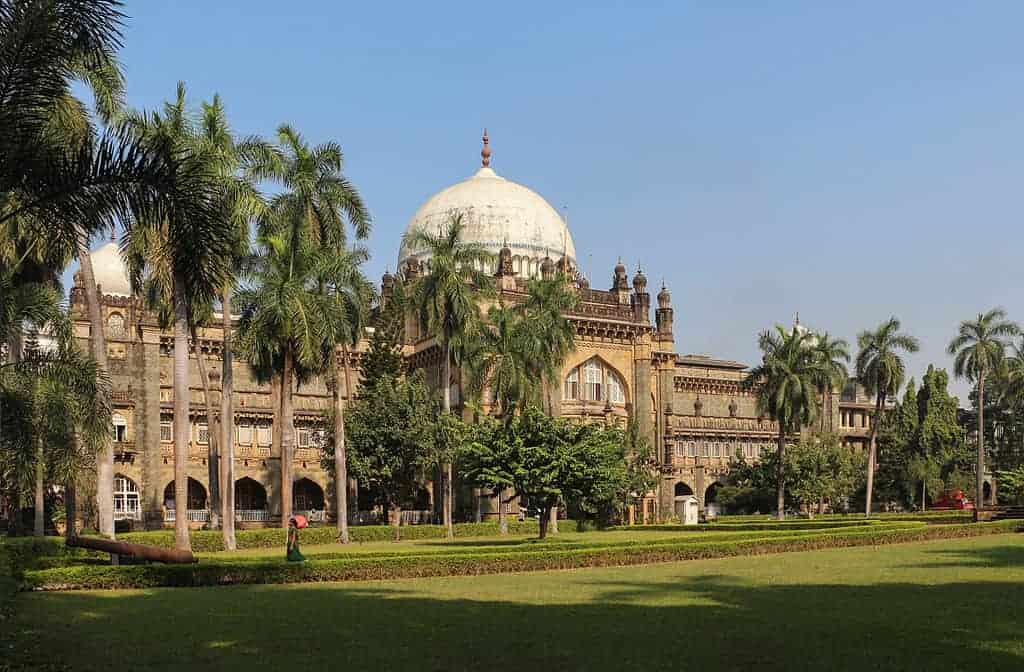
Chhatrapati Shivaji Maharaj Vastu Sangrahalaya is the main museum in Mumbai, Maharashtra. It was founded in the early years of the 20th century by prominent citizens of Mumbai, with the help of the government, to commemorate the visit of George V, who was Prince of Wales at the time. It is located in the heart of South Mumbai near the Gateway of India. The museum was renamed in 1998 after Shivaji, the founder of Maratha Empire.
The building is built in the Indo-Saracenic style of architecture, incorporating elements of other styles of architecture like the Mughal, Maratha and Jain. The museum building is surrounded by a garden of palm trees and formal flower beds.
The museum houses approximately 50,000 exhibits of ancient Indian history as well as objects from foreign lands, categorised primarily into three sections: Art, Archaeology and Natural History. The museum houses Indus Valley Civilization artefacts, and other relics from ancient India from the time of the Guptas, Mauryas, Chalukyas and Rashtrakuta.
Read More About Chhatrapati Shivaji Maharaj Vastu Sangrahalaya (Mumbai) / Source
Shankar's International Dolls Museum (Delhi)

The International Dolls Museum is a large collection of dolls in Delhi, India. It was set up by K. Shankar Pillai, a political cartoonist. Housed in the Children’s Book Trust building on Bahadur Shah Zafar Marg, accessed through a separate entrance, a winding staircase, leading up to a foyer. The museum has a floor area of 5,184.5 sq ft (481.66 m2) and occupies a portion of the first floor.
K. Shankar Pillai (1902–1989), noted cartoonist, set up Children’s Book Trust, a pioneering work in the field of children’s literature in India, in 1957. Later, a gift of a doll from a Hungarian diplomat gave Shankar the idea of collecting dolls from countries he visited. He often held exhibitions for poor children, and at one exhibition in Delhi, among the hundreds of visitors were the then Prime Minister Jawaharlal Nehru accompanied by his daughter Indira Gandhi. Indira was inspired and together with Shankar set up an international museum for dolls, eventually materializing on 30 November 1965.
Read More About Shankar's International Dolls Museum (Delhi) / Source

